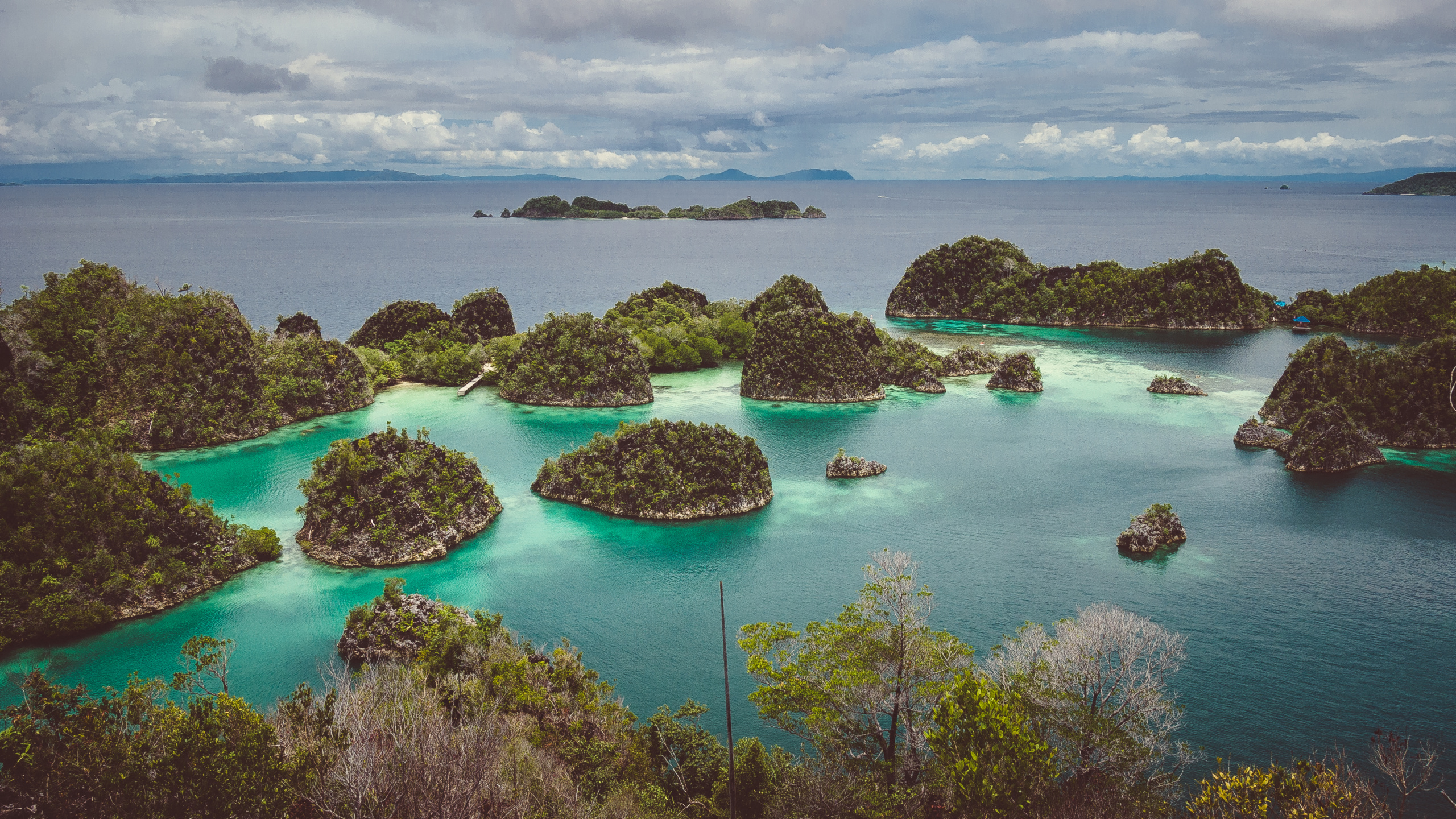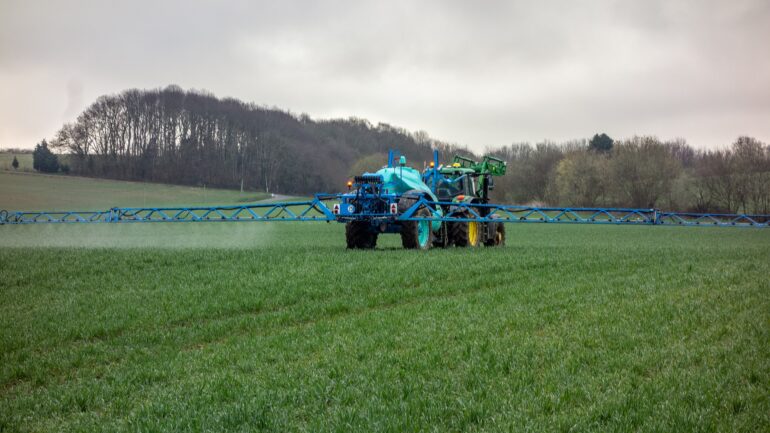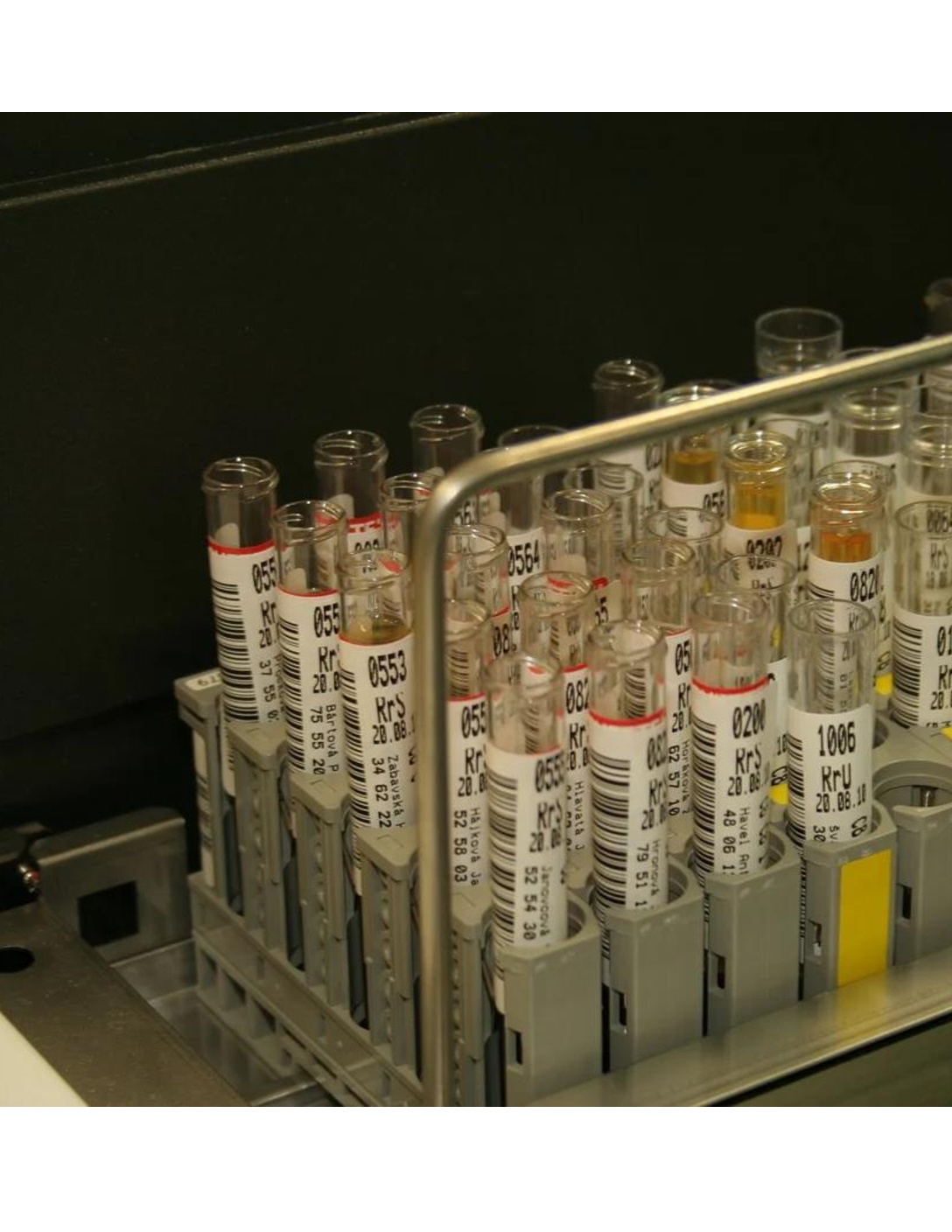By Thu T. A. Nguyen, Publishing Associate: Researcher and Writer at Save the Water™ | July 15, 2024
Wastewater lagoons, or facultative lagoons and ponds, are engineered bodies of water used to treat wastewater. This waste can come from municipal or industrial sources. This system has been widespread in the United States for the last 90 years. However, multiple lagoons face challenges due to the increase in wastewater as the population increases.
Recently, the U.S. Environmental Protection Agency (EPA) awarded funding to two universities for their work on technologies for these wastewater lagoons. This funding is part of a larger movement to clean up pond and lagoon systems and improve infrastructure throughout the United States.
What are Wastewater Lagoons and Ponds?
Lagoons are small water bodies separated from larger water bodies by reefs, barrier islands, sandbars, or other natural barriers. This term comes from the Italian word ‘laguna,’ which means ‘pond’ and ‘lake.’
Wastewater lagoons, also known as lagoon-based wastewater treatment plants (WWTPs), are systems of connected ponds. They take advantage of natural biological processes to break down wastewater from surrounding areas.
WWTPs work via a simple process. First, solids like feces in the wastewater can settle after an extended stay in the lagoon. Second, these systems use sunlight to kill pathogens and remove nitrogen content from the water. If these processes are insufficient, the water discharged to natural waterways can pose major threats to multiple drinking water sources.
WWTPs are often low-cost, low-maintenance, and energy-efficient. However, with a rising number of pollutants and new regulations, we need more complex and costly wastewater treatments. WWTPs may become serious financial, technical, and human resource struggles for low-income towns.
As a result, the EPA has given grants to two groups from two universities as part of its 2022-2026 action plan. This support is for the development of new technologies that provide cost-effective water treatments to support these small communities.
On-going Project in Morgantown, West Virginia
The first project is led by Dr. Kevin Orner, a principal investigator from West Virginia University. For his work on wastewater treatment technologies, Dr. Orner has received prestigious funding from the EPA and National Science Foundation (NSF).
In 2022, Dr. Orner and his team received $1 million to assess the content of waste lagoons in West Virginia. This is a critical project since high nitrogen and phosphorus contents can speed up algae growth. Decomposing algae will use up all the nitrogen content, harming aquatic life and even humans. Despite the importance of the wastewater treatment process in lagoons, knowledge on this topic is lacking. Thus, Dr. Orner and his collaborators were motivated to learn more about the WWTP systems. In addition, these scientists quantified the cost and benefits of new technologies in existing wastewater lagoons. An example of these technologies is Dr. Lian-Shin Lin’s ion-based biofilters.
Following his research in 2022, Orner and his team were featured for their work in Costa Rica in 2023. They received funding by the NSF and the Costa Rican government. Here, they assessed the “environmental impacts, economic costs, and other social factors” to make data-based recommendations for water treatment systems.
In their current project, the Orner group aims to continue and expand their past work with four major goals. They’ll survey the water purified by WWTPs. Moreover, they’ll establish open-access interactive web maps and decision-support tools to improve nutrient removal from wastewater lagoon systems.
Project in Houghton, Michigan
Professor Michelle Jarvie-Eggart at Michigan Tech University is the second recipient of this EPA grant. Her research team will use a floating treatment wetland (FTW) to remove unwanted nutrients from a wastewater lagoon in northern Michigan.
FTW systems are small man-made platforms that help aquatic plants grow in deeper water outside of their habitat. These plants use up nutrients such as ammonia, nitrogen, and phosphorus from the water and encourage the growth of biofilm. This biofilm consists of different microorganisms that take up the majority of unwanted nutrients. Together, these wetlands take up the majority of nutrients in the lagoons.
Similar to constructed wetlands, FTW are useful in multiple water treatment processes:
- Agricultural wastewater
- Water from petroleum and paper factories
- Municipal water
- Stormwater runoff
- Mining water, etc.
The Jarvie-Eggart team will physically test and sample bacteria populations in the water to monitor the progress of nutrient removal.
The Future of Wastewater Lagoons
Together, these projects will help many communities with fewer than 10,000 people have access to cleaner water. If these technologies are effective, they will also benefit neighboring areas by adding clean water to natural waterways.
Finally, these researches have potential global benefits. Since Dr. Orner plans to share his findings publicly, communities worldwide will profit from these studies.




